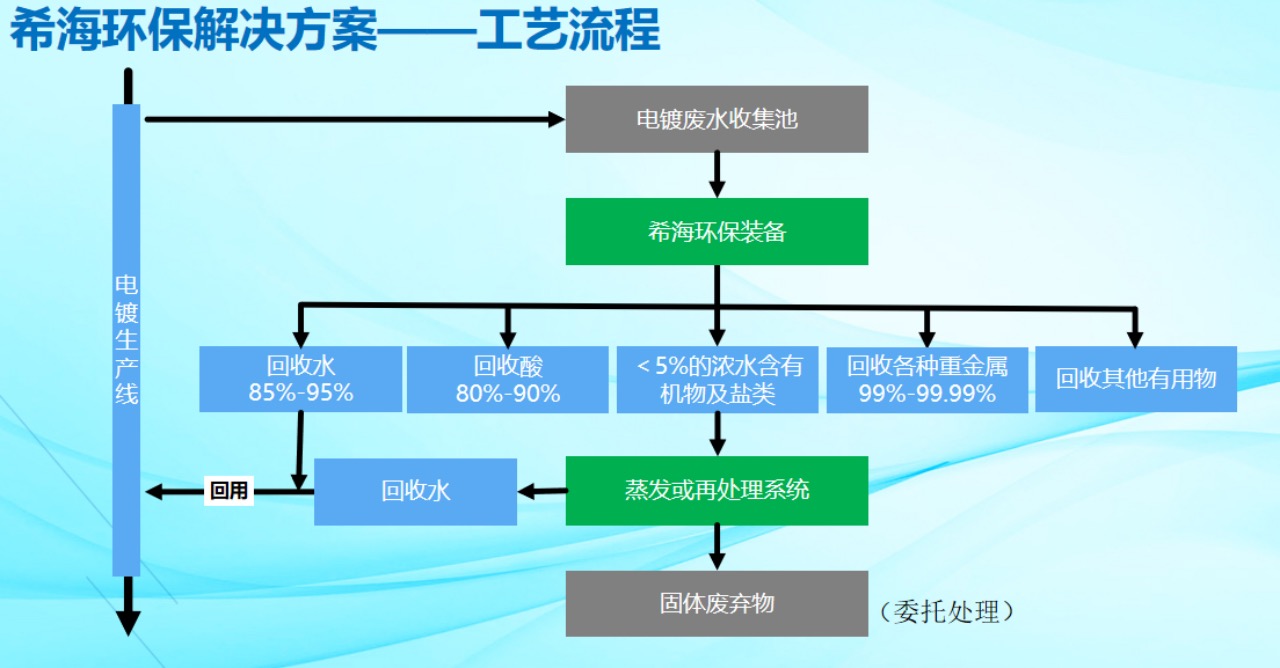At present, I will give you a brief introduction to the basic knowledge of environmental water treatment, with a focus on the current status of electroplating wastewater treatment technology.
With the development of the economy, electroplating technology has a wide and important application in modern industrial fields. At the same time, electroplating industry is also a highly polluting industry. The electroplating process consumes a large amount of various raw materials and fresh water, and the electroplating wastewater generated is accompanied by a large amount of pollutants such as cyanide, zinc, chromium, acid and alkali. Once untreated wastewater enters the natural environment, it will pose a serious threat to the local ecology and human health.
According to statistics, there are currently over 15000 electroplating factories in China, which can discharge approximately 4 billion cubic meters of electroplating wastewater, 500 million tons of solid waste, and 30 million cubic meters of acidic gases annually. Of these, more than 50% do not meet the national pollutant emission standards.
The current status of electroplating wastewater treatment technology:
The traditional methods for treating electroplating wastewater include chemical methods, ion exchange methods, and electrolysis methods. However, traditional methods for treating electroplating wastewater have the following problems:
1. High cost - water cannot be recycled, and water and sewage treatment fees account for 15% -20% of the total production cost;
2. Resource waste - precious metals are discharged into water bodies and cannot be recycled;
3. Environmental pollution - Heavy metals in electroplating wastewater are "permanent pollutants" that transfer and accumulate in the food chain, ultimately endangering human health.
